Exeter is not a city I have visited often but we have been twice this year. Our first trip in January concentrated on the centre and the cathedral, which is a really good visit. The cathedral, originally Norman, was created in around 1400 in later gothic style. The Norman transept towers are fine examples standing out in the red Devon sandstone. As there is no central tower the medieval stone vaults extend the full length of the building, the longest example of medieval vaulting to be found anywhere.
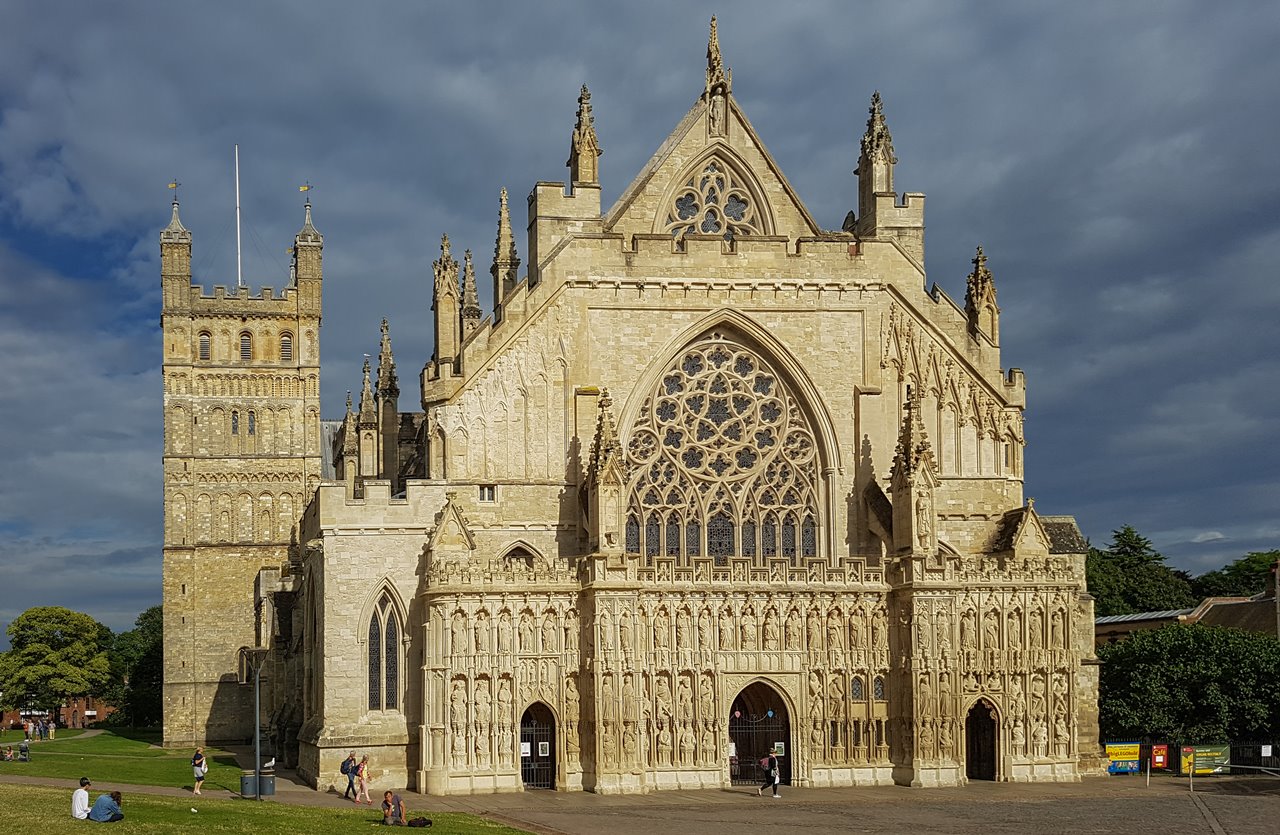
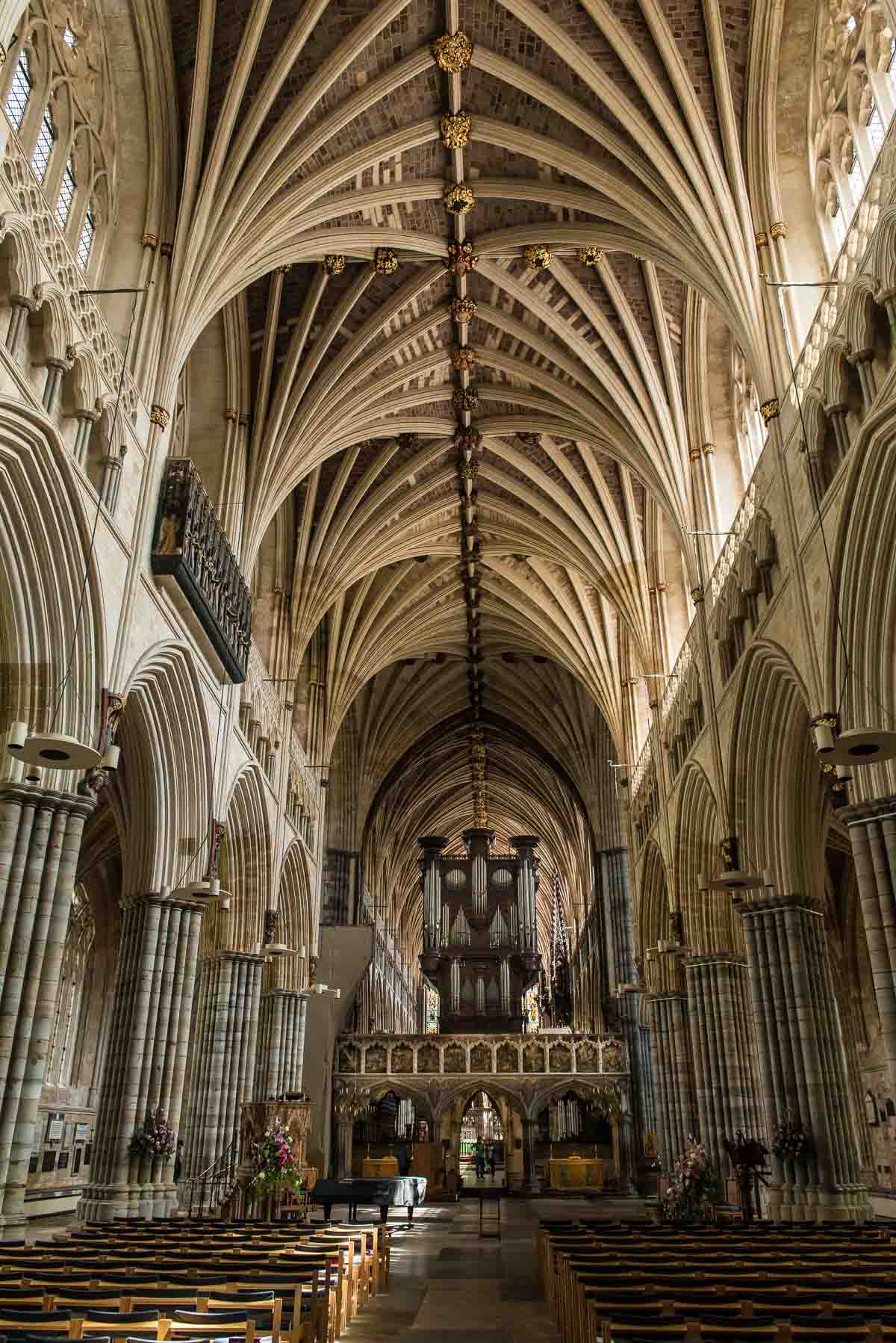
The two other fittings to look for are the astronomical clock from the fifteenth century and the carved misericords, wooden fold up seats in the choir. The clock is one of a group of four in the West Country at Wells, Winborne Minster and Ottery St Mary, which we have now seen them all. The misericords remind me of Jane from our Oxford History of Art group in 2013. She was so excited at the prospect of studying them for her research project, which included the Dean permitting a private viewing, not often afforded to the public.
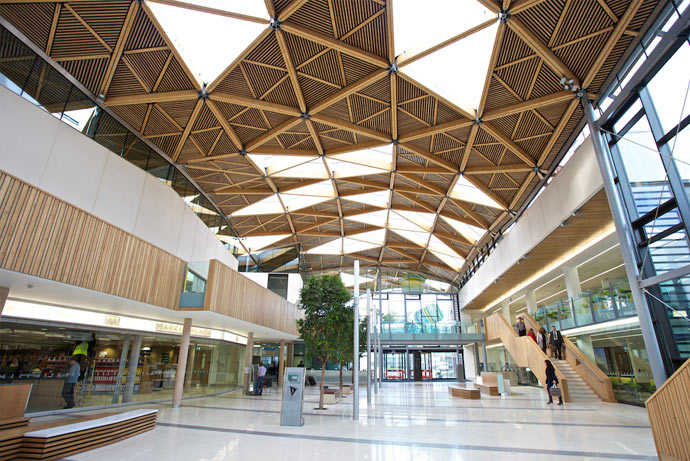
The University of Exeter was the purpose of our latest visit to become acquainted with the library. I have started a new piece of research focussing on a medieval church in Dorset (originally in Somerset) – more of which soon!
After visiting the library we took time out to view the Royal Albert Memorial Museum (and Art Gallery). The Museum was built in 1868 in rich red sandstone in gothic revival style. After a four year closure for repairs and refurbishment from 2007 – 2011, the galleries have re opened exhibiting some of its one million artefacts and paintings.
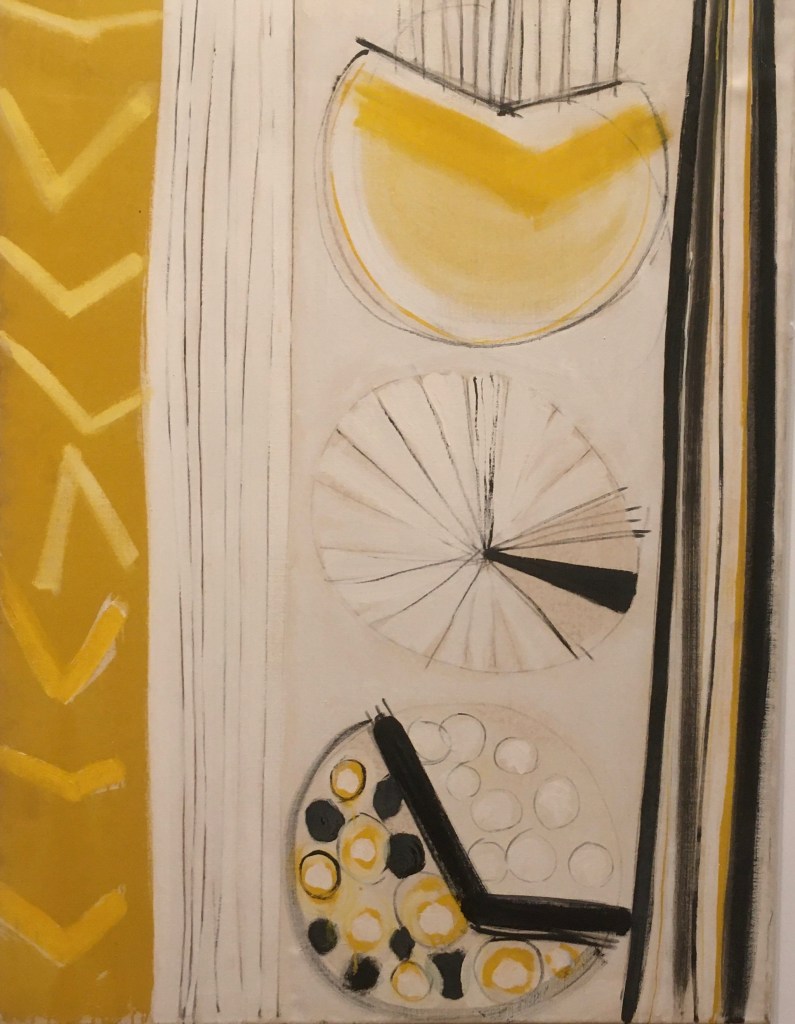
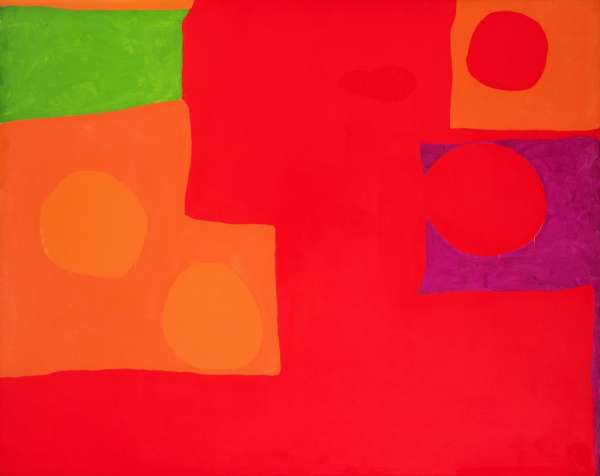
We saw really well curated exhibitions of The City’s cultural and historical history as well as natural history and archaeology galleries. The fine art is centred on one gallery,which the curators regularly re-cycle their collection. As one might expect from a municipal gallery there were the normal array of historical portraits, landscapes and pre-Raphaelite paintings. The gallery does, however, have a very fine collection of modern art as well which I enjoyed. Two paintings in particular caught my eye by St Ives Artists, Sir Terry Frost and Patrick Heron. Followers of this blog will recognise the latter artist from a past Margate visit and also Barbara Hepworth’s ‘Hospital Paintings’, which the museum also holds.
Exeter is a great day out with much to see and eat. Enjoy!
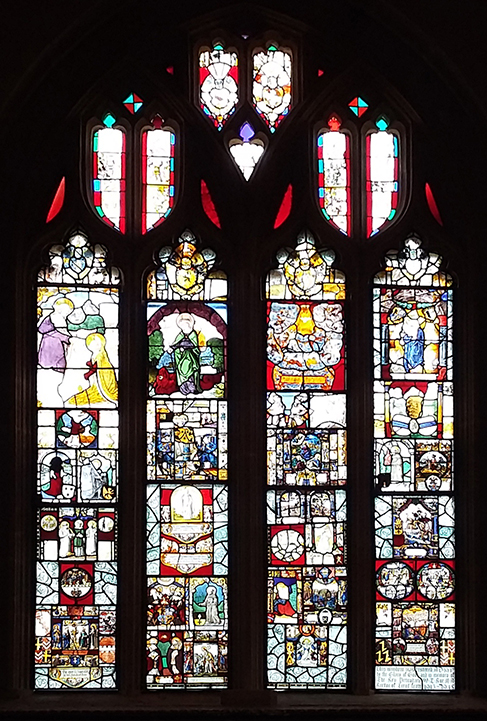
Sir Terry Frost and Patrick Heron images © Royal Albert Memorial Museum
Image of St Andrews, Trent courtesy of Holywell Glass Ltd.
Looking forward to our next trip to Exeter – lots to see and do 😍
LikeLike